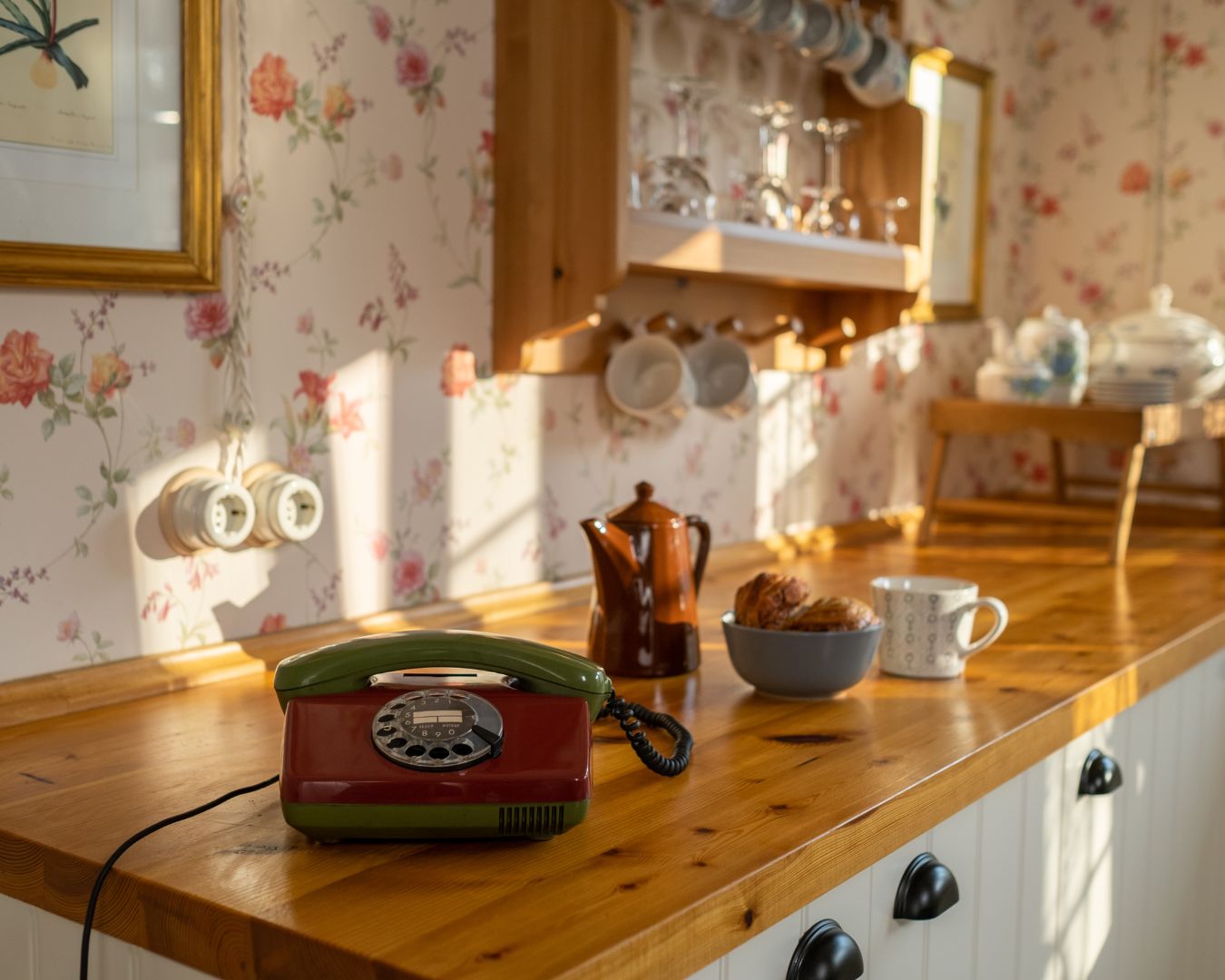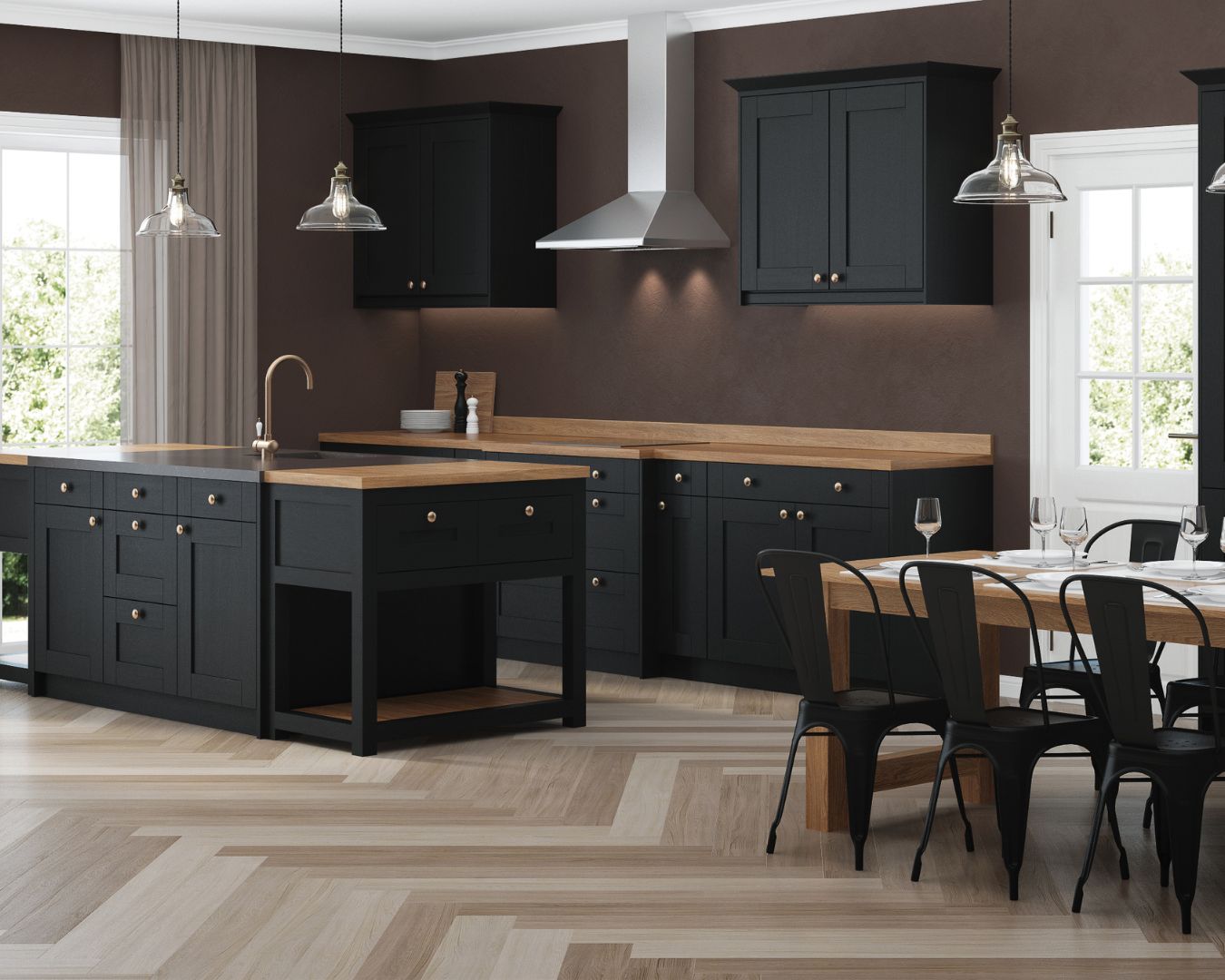How to Create a More Functional Kitchen Workspace: Design Your Kitchen for Real Life
A truly functional kitchen workspace makes cooking easier, faster, and more enjoyable. Whether you’re preparing quick weeknight dinners or elaborate holiday meals, having an organized and efficient kitchen setup can transform your cooking experience. The difference between a beautiful kitchen and a functional one often comes down to thoughtful planning and understanding how you actually use your space.Creating a more functional workspace doesn’t always require major renovations or expensive upgrades. Many improvements involve reorganizing existing elements, optimizing storage solutions, and establishing systems that support your cooking habits. The key is analyzing your current workflow and identifying where small changes can make big improvements in daily efficiency. Understanding the Kitchen Work Triangle The kitchen work triangle concept remains one of the most important principles for creating functional workspace. This triangle connects your three most-used areas: the sink, stove, and refrigerator. An efficient triangle minimizes walking distance while preventing these work areas from interfering with each other.The ideal work triangle has sides measuring between 4 and 9 feet each, with a total perimeter between 12 and 26 feet. This sizing provides easy access between areas without making the kitchen feel cramped or requiring excessive walking during meal preparation.Avoid placing obstacles like islands or peninsulas in the middle of your work triangle. Traffic should flow around the triangle rather than through it, allowing you to work efficiently without interference from family members or guests moving through the kitchen.Consider secondary work triangles if your kitchen is large or includes multiple cooks. A secondary triangle might connect a second sink, microwave, and pantry area, creating a prep zone that doesn’t interfere with the main cooking triangle.Modern kitchens sometimes function better with work zones rather than strict triangles. If you have a large kitchen or unusual layout, focus on creating efficient zones for different activities: prep zone, cooking zone, cleanup zone, and storage zone. Creating Efficient Work Zones Divide your kitchen into specific work zones based on the tasks you perform most frequently. This organization keeps related items together while creating logical workflows that reduce wasted motion and time during meal preparation.The prep zone should include your largest counter area, cutting boards, knives, and frequently used ingredients. Position this zone near the sink for easy cleanup and washing of fruits and vegetables. Include storage for prep bowls, measuring tools, and spices within easy reach.Your cooking zone centers around the stove and oven, with storage for pots, pans, cooking utensils, and oils. Keep pot holders, trivets, and serving pieces nearby. This zone should connect easily to the prep zone for transferring ingredients and to storage areas for cookware.The cleanup zone revolves around your sink and dishwasher. Store dish soap, cleaning supplies, dish towels, and drying racks in this area. Position trash and recycling bins conveniently but out of the main workflow paths.A beverage zone can improve efficiency by grouping coffee makers, kettles, mugs, and beverage supplies in one area. This specialized zone prevents beverage preparation from interfering with meal cooking while keeping everything organized and accessible.Storage zones should be distributed throughout the kitchen based on frequency of use. Daily items stay in the most accessible locations, while occasional-use items can be stored in harder-to-reach areas like upper cabinets or pantry shelves. Optimizing Counter Space for Maximum Efficiency Counter space is often the most limiting factor in kitchen functionality. Making the most of available counter area while keeping surfaces clear and usable requires strategic planning and smart storage solutions.Keep counters as clear as possible by storing appliances that aren’t used daily. Small appliances like blenders, food processors, and stand mixers can live in cabinets or appliance garages, freeing up workspace for actual food preparation.Create designated landing zones near appliances and the sink. These 18-24 inch areas provide space for setting down hot pots, unloading groceries, or staging ingredients during cooking. Landing zones prevent counters from becoming cluttered while providing functional workspace.Use vertical space to maximize counter efficiency. Wall-mounted magnetic knife strips, spice racks, and utensil holders keep essential tools accessible without taking up counter real estate. Under-cabinet storage solutions like paper towel holders and small shelves add storage without reducing workspace.Consider portable work surfaces like cutting board extensions or rolling carts that can provide additional workspace when needed. These solutions work particularly well in smaller kitchens where permanent counter space is limited.Organize counter storage thoughtfully by grouping items you use together. Keep cutting boards near knives, oils near the stove, and coffee supplies near the coffee maker. This organization reduces searching time while keeping counters organized. Smart Storage Solutions That Actually Work Effective storage goes beyond simply having enough space – it’s about having the right type of storage in the right locations. Smart storage solutions make items easily accessible while keeping your kitchen organized and functional.Use drawer organizers to maximize storage efficiency and keep items visible. Deep drawers work better than shelves for heavy items like pots and pans, while shallow drawers organize utensils and small tools effectively. Adjustable organizers adapt to different items and prevent drawers from becoming messy catch-alls.Install pull-out shelves in lower cabinets to improve accessibility. These shelves bring items at the back of cabinets within easy reach, preventing forgotten items and reducing the need to move everything to access what you need.Maximize corner cabinet efficiency with lazy Susans or pull-out corner systems. Standard corner cabinets waste significant space and make items difficult to access. Specialized hardware turns these problem areas into functional storage.Use cabinet doors for additional storage with racks, hooks, and small shelves. Door-mounted storage works well for spices, cleaning supplies, cutting boards, and frequently used items. This solution adds storage capacity without requiring additional cabinet space.Create vertical storage in cabinets with shelf risers, stackable bins, and adjustable shelving. These solutions help you use the full height of cabinet space while keeping items organized and accessible. Lighting for Better Functionality Good lighting is essential for kitchen functionality, yet many kitchens suffer from inadequate or poorly positioned lighting that makes tasks difficult and potentially dangerous. Layered lighting provides both adequate illumination and










